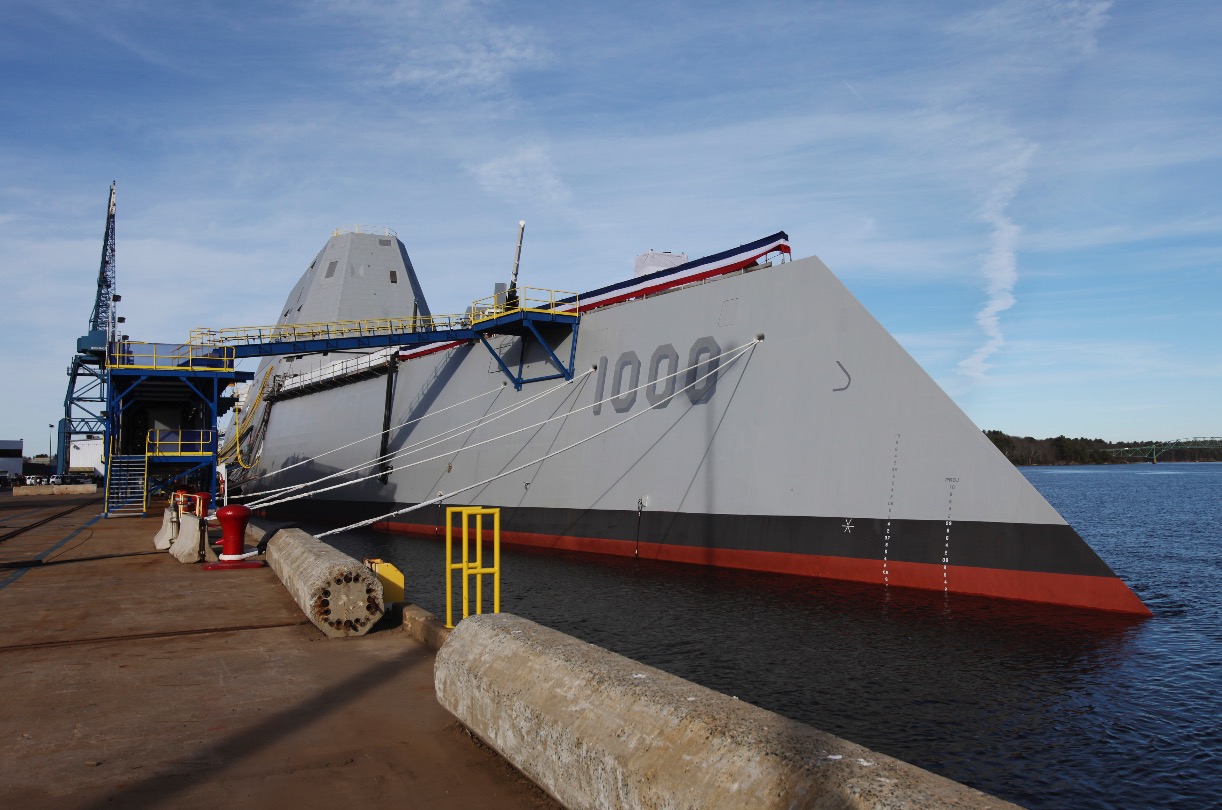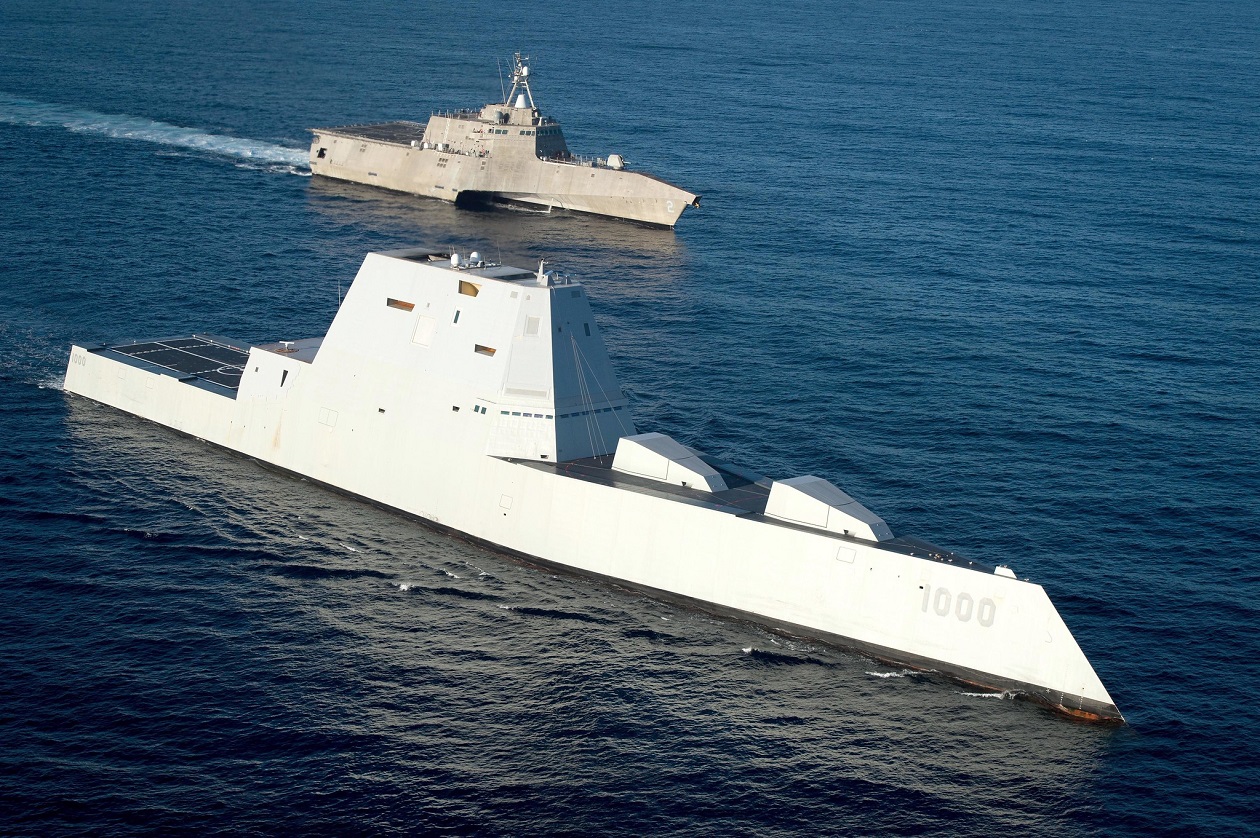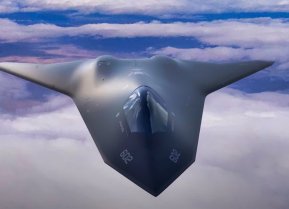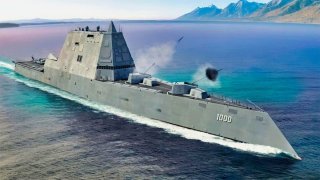The U.S. Navy's Zumwalt-Class Destroyer Nightmare Had to End
The Zumwalt-class destroyer, once hailed as a cutting-edge naval vessel, faced numerous setbacks, leading to its program's cancellation. However, the Department of Defense recently allocated additional funds for the modernization of these ships, potentially reviving their capabilities.
Summary and Key Points: The Zumwalt-class destroyer, once hailed as a cutting-edge naval vessel, faced numerous setbacks, leading to its program's cancellation. However, the Department of Defense recently allocated additional funds for the modernization of these ships, potentially reviving their capabilities.

-Originally designed for land-attack missions with advanced gun systems and long-range projectiles, the Zumwalts encountered technical issues and high costs.
-The renewed investment may provide these sophisticated yet troubled destroyers a second chance to fulfill their intended roles.
Zumwalt-Class Destroyers: A Look Back at a Once-Failed Naval Concept
While the U.S. Navy’s Zumwalt-class destroyer is now considered a failed ship concept, the $4.4. the service once touted billion-dollar vessel as one of the most advanced of its kind globally.
Interestingly, the Department of Defense is giving these destroyers a second chance to live up to their intended expectations.
Additional funds were allocated for the modernization of the Zumwalt ships in the final days of 2023. Time will tell if this canceled destroyer class will gain support from the Navy again in any meaningful way. Hypersonic missiles seem to be coming soon for this class of warship.
We do know one thing: no more of these vessels will be built as the program was canceled.
A History of the Zumwalt-Class Destroyers
Derived from the Surface Combatant for the 21st-century research and development program established in the mid-1990s, the Zumwalt ships were once expected to lead the service. The DD-21, “Destroyer for the 21st century,” was given a tumblehome design of roughly 16,000 ton with 128 missile tubes and long-range guns.
At the time, analysts predicted that the Navy could enter a kinetic conflict in the Norwegian Sea.
With this in mind, the design of the destroyer centered on the ship being able to fight following an initial Soviet attack. This “survivability” design also resulted in the ship’s bridge and Combat Information Center being combined and positioned in the middle of the ships.
One decade before the DD-21, the Navy had to reactivate four WWII-era Iowa-class battleships to support Marine Corps amphibious landings.
Once the Cold War dissipated, however, these design plans - along with the Iowa-class battleships - were rendered obsolete.
An overview of the Zumwalts’ construction:
The Navy constructed the Zumwalt-class destroyers around a pair of 155mm. Advanced Gun Systems (AGS) and rapid-fire six-inch guns are capable of firing the new Long Range Land Attack Projectile artillery shell.
The cutting-edge LRLAP projectile was able to make fire-round hits at ranges of up to 83 miles, unlike other guns that fired shells on a ballistic trajectory. As detailed in Popular Mechanics, while the 6 inch shells were not as powerful as a 16in battleship shell, the new LRLAP would strike the target every single time. Additionally, the gun system would fire up to 10 rounds a minute while adjusting the trajectory to ensure that several could strike the intended impact zone at the same time.

The Zumwalt-class ships were built to resemble a “knife-like” bow. As compared with other surface combatants, this design made the ships more stable in extreme weather conditions. At least 150 crew members could be carried on the 600-foot vessel. Its superstructure, radars, antennas, mast and other electronics are fully encased in one large trapezoidal tower on the ship. In terms of power, Rolls-Royce MT30 gas turbines and Rolls-Royce RR4500 turbine generators provide energy to the hefty vessel, allowing it to travel at speeds in excess of 30 knots with a displacement of approximately 16,000 tons
These destroyers could produce around 78 megawatts of power, according to the U.S. Indo-Pacific Command, which is similar to the energy produced by nuclear-powered aircraft carriers.
The Zumwalt destroyers may have been build for land attack missions, yet they are also decked out with typical destroyer capabilities. Each ship in this class is fitted with 80 Mark 57 vertical launch systems, all capable of storing Evolved Sea Sparrow, SM-2 and SM-6 air defense missions in addition to LRASM anti-ship missiles and ASROC anti-submarine rockets.
Where did the problems begin?
On paper, the Zumwalt ships appeared to be quite formidable. However, a litany of issues and equipment incidents would lead to the destroyers’ cancelation.
Shortly after its commissioning in 2016, the lead ship of the class USS Zumwalt broke down in the Panama Canal. One year later, the second ship in the class USS Michael Mansoor failed in her sea trials. A report published in the Military Watch Magazine explained that the destroyers "suffered from poorly functioning weapons, stalling engines, and an underperformance in their stealth capabilities, among other shortcomings."
In addition to these equipment issues, these ships also lacked several critical features. The absence of anti-ship missiles, anti-submarine torpedoes and long-range area-air defense missiles limited the Zumwalt’s prowess. To make matters worse, the long range land-attack projected guided shells incorporated on the destroyers were extremely pricey.

Costing around $800,000 each, these shells were comparable in price to cruise missiles. In the early phases of the Zumwalt conception, the Navy believed each ship in the class would cost a total of $1.34 billion. As time went on, this number shot up to nearly $7 billion.
Perhaps the DoD’s renewed interest in the Zumwalts will give these destroyers a second shot at glory. Maybe hypersonic weapons can save this warship class after all.
About the Author: Maya Carlin
Maya Carlin, National Security Writer with The National Interest, is an analyst with the Center for Security Policy and a former Anna Sobol Levy Fellow at IDC Herzliya in Israel. She has by-lines in many publications, including The National Interest, Jerusalem Post, and Times of Israel. You can follow her on Twitter: @MayaCarlin.
All images are Creative Commons.


